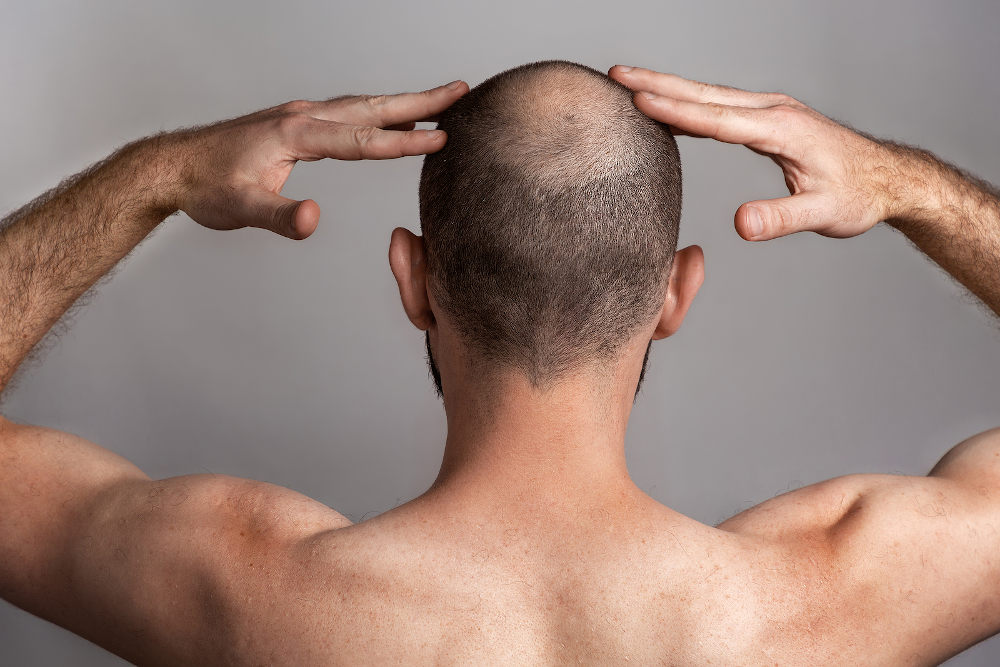Hair loss is an issue affecting a large number of men and women across the globe, and can significantly impact upon confidence and self-esteem – but the good news is that in 2024, there are a variety of solutions available that have the potential to restore your hair to its former glory.
The most common cause of hair loss is hereditary and is called androgenetic alopecia, which is also known as male or female pattern baldness, but lifestyle factors such as poor diet, stress and hormonal changes can also play a role in some cases. While not so long ago, topical treatments were the go-to for restoring hair loss, the ongoing upkeep and limited results they offer has meant that the demand for a more permanent solution has continued to grow – and hair transplants are becoming an increasingly popular alternative that offers a more permanent solution.
With various types of hair transplant available, it can be difficult to know which one is right for you, and it’s essential to understand which procedure aligns best with your needs. To find out for certain, consulting with a dermatologist is advised – but in the meantime, we’ve asked the experts at KSL Clinic, one of the UK’s leading hair restoration clinic groups, to break down the options to help you make a more informed decision.

Follicular unit transplantation (FUT)
Follicular Unit Transplantation is one of the most commonly used techniques in hair transplant procedures, and sees a strip of scalp surgically removed from a donor area – typically at the back of the head, where hair tends to be thicker – and after being split into smaller follicular units, it is transplanted into the target treatment areas.
It’s a popular technique because, when performed by an experienced surgeon, it can offer seamless and natural looking results once healing has taken place, and because it’s possible to transplant a number of grafts in just one session, it’s also time efficient, and means patients are unlikely to have to come back again for round two. Its price is another major selling point as, compared some more complex techniques, FUT transplants come in at a more accessible price for most people. It’s worth bearing in mind, however, that post-op, significant care is necessary to avoid complications like infections, and healing can take some weeks – and of course, you’ll be left with a small linear scar on the donor area.
Follicular unit extraction (FUE)
The FUE technique has been garnering increasing attention over the past few years because it offers a minimally invasive and generally more modern approach to hair transplant surgery. Rather than removing a whole strip of scalp from a donor area, single follicles are extracted and then implanted in the target area for hair restoration.
Scarring is minimal as a result of this more precise approach, and resembles tiny dots as opposed to a linear scar, so they are much harder to detect. Downtime is shorter, recovery is quicker and it offers increased flexibility in that if necessary, follicles can be extracted from elsewhere on the body, rather than from the head. It does come with a higher price tag, but many patients feel it’s worth the increased expense for a smoother process from start to finish. That said, occasionally the surgeon might not be able to extract enough follicles in one session compared to FUT, so it can, in cases where extensive restoration is required, mean multiple sessions are needed. Whether or not it is the best choice depends on your unique needs and the results you’re hoping to achieve.

Direct hair implantation (DHI)
A newer technique that has entered the scene is Direct Hair Implantation (DHI), which sees hair follicles extracted and directly implanted into balding areas using an implanter pen. The increased precision it offers is a major selling point, and because it offers surgeons greater control when implanting, results tend to look more natural. Another bonus is the fact that unlike in FUE, there is no need to prepare a recipient site beforehand – the follicles are simply implanted to the area just as it is. That means trauma to the scalp in this area is reduced, and healing can take place much faster, and because a higher number of grafts can be placed in one go, it offers immediate visible results.
It is, however, time consuming, and given this, as well as the added benefits, it’s the most expensive technique of the three.
The right hair transplant procedure for you
So, which procedure is the right one for you? It depends on a few key factors.
The extent of your hair loss is one of them, as for cases where it is minimal, you can generally take your pick – but if hair loss is more pronounced then a technique like FUT, which allows for a higher graft yield, is generally best.
Recovery times can vary, so if you have minimal time to dedicate to recovery, then opting for a minimally invasive procedure is advised. And if you’re concerned about scarring, then DHI or FUE are the better options and will allow you to keep your hair short without worrying about them being visible.






















